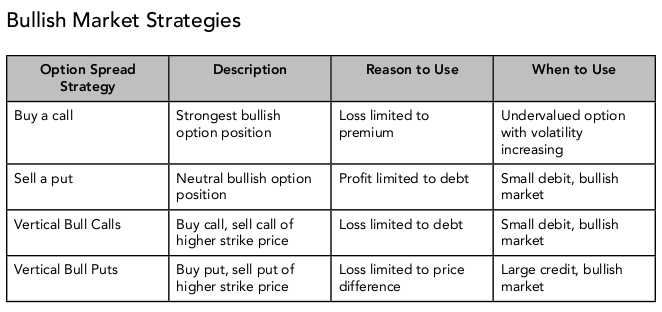Introduction
In the dynamic financial market, options on futures trading have emerged as a sophisticated tool for risk mitigation and profit maximization. These powerful instruments allow traders to leverage the benefits of futures while mitigating potential risks. This article aims to provide a comprehensive overview of options on futures trading, from its historical origins to the latest industry practices. Readers will gain insights into the intricacies of this versatile trading vehicle, equipping them with a solid foundation to navigate this complex arena.

Image: tradeoptionswithme.com
Understanding Options on Futures
An option on futures is a contract that provides the holder with the right, but not the obligation, to buy or sell a specified quantity of an underlying futures contract at a predefined price on a specified date. Options are classified into two primary types: calls and puts. Call options grant the holder the right to buy the underlying futures contract, while put options give the holder the right to sell.
The key elements of an option on futures contract include the underlying futures contract, strike price, expiration date, and premium. The underlying futures contract defines the underlying asset, such as a commodity, currency, or index. The strike price is the price at which the holder can buy or sell the underlying futures contract. The expiration date determines the last day when the option can be exercised. The premium is the price paid by the option holder to acquire the right to buy or sell the underlying futures contract.
Benefits of Trading Options on Futures
Options on futures trading offers numerous advantages that have made it popular among traders. These include:
- Risk Management: Options provide a powerful tool for managing risk by hedging existing futures positions or offsetting potential losses in the underlying asset.
- Leverage: Options offer leverage, allowing traders to control a substantial amount of the underlying futures contract with relatively less capital compared to directly trading the futures contract.
- Profit Potential: Options have the potential for significant profit if the underlying futures price moves in a way that aligns with the option holder’s view.
- Hedging Strategies: Options can be incorporated into various hedging strategies to protect against adverse price movements or mitigate portfolio risk.
Key Concepts and Strategies
To navigate the world of options on futures effectively, traders must understand several key concepts and strategies. These include:
- Option Premiums: Option premiums fluctuate based on various factors, including time to expiration, strike price, underlying asset volatility, and market sentiment. Traders must analyze these factors to determine whether an option is undervalued or overvalued.
- Options Greeks: Greeks are a set of mathematical parameters that measure the sensitivity of an option’s price to changes in underlying factors, such as the delta (price sensitivity), gamma (change in delta), theta (time decay), and vega (volatility sensitivity). Understanding Greeks is crucial for effective risk management and trading strategies.
- Black-Scholes Model: The Black-Scholes model is a mathematical formula used to value options and calculate theoretical option prices. Traders utilize this model to determine the fair value of options and identify potential trading opportunities.

Image: ifmcinstitute.medium.com
Real-World Applications
Options on futures are employed in various real-world applications across industries. Some common examples include:
- Hedging Currency Risk: Multinational corporations use options on futures to hedge against currency fluctuations, protecting their revenues and profits from adverse exchange rate movements.
- Commodity Price Protection: Farmers and other commodity producers utilize options on futures to lock in profitable prices for their products, reducing the risk of losses due to volatile commodity prices.
- Managing Interest Rate Risk: Financial institutions use options on futures to manage interest rate risk by adjusting their portfolio composition based on interest rate expectations.
Option On Futures Trading

Image: www.e-futures.com
Conclusion
Options on futures trading provide a versatile and powerful tool for traders to manage risk, enhance profit potential, and navigate complex financial markets. By understanding the key concepts, strategies, and real-world applications of options on futures, traders can leverage these instruments effectively to achieve their financial objectives. Whether for risk mitigation or profit maximization, options on futures continue to play a significant role in the financial landscape, empowering traders with advanced trading strategies and the ability to adapt to dynamic market conditions.






